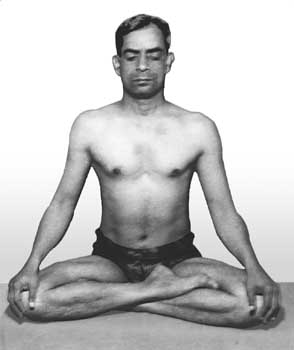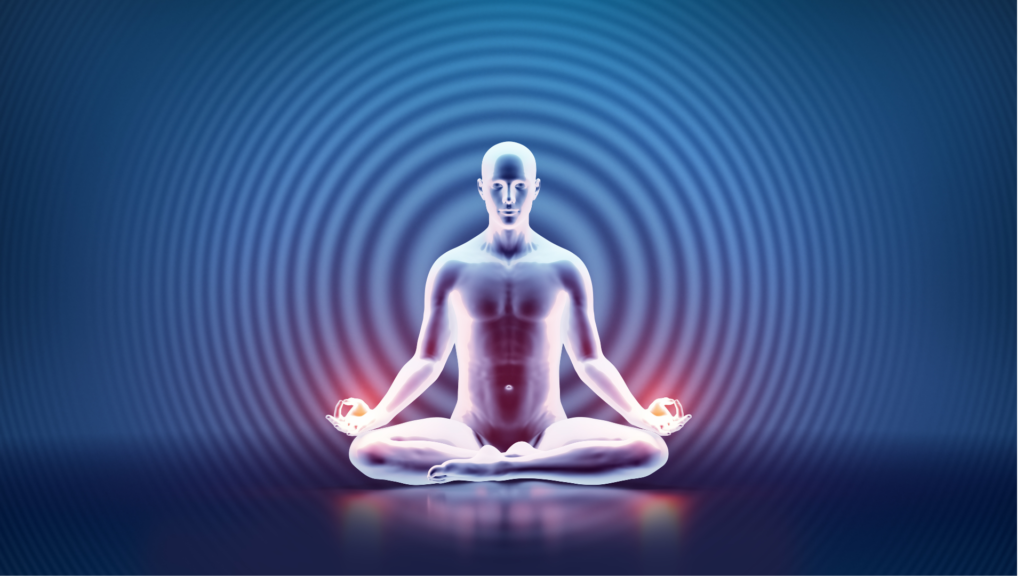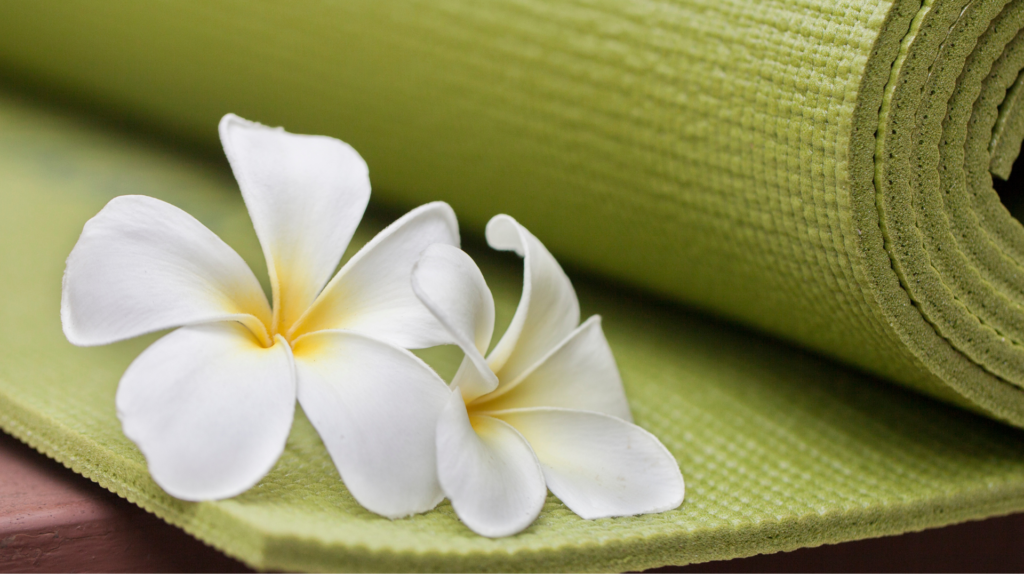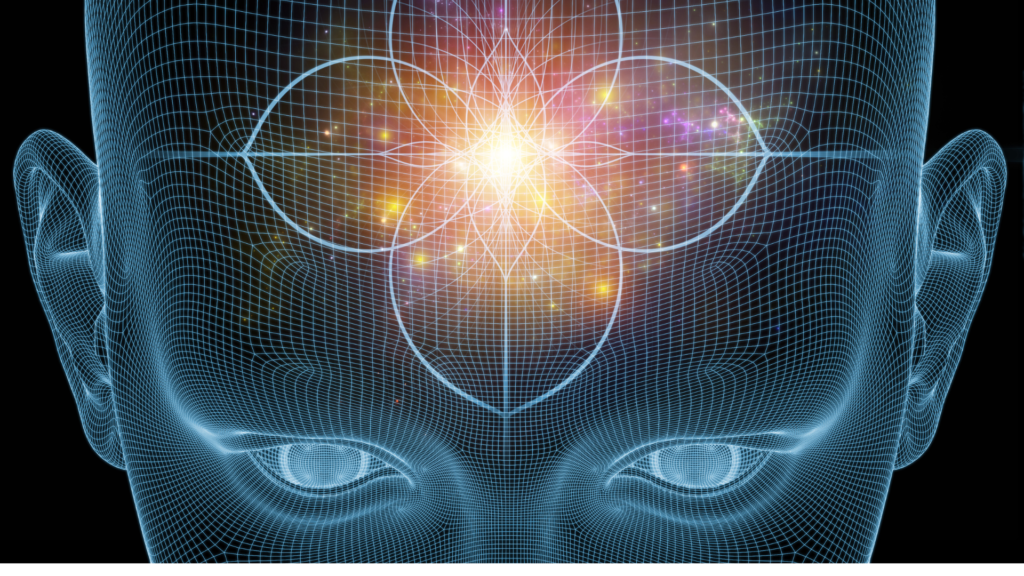Hatha Yoga Pradeepika Chapter 4a – Samadhi (1 – 60 Shlokas)
Hatha Yoga Pradeepika Chapter 4a – Samadhi (1 – 9 Shlokas)

1.Salutations to Siva, the Guru, who embodies naada, bindu and kala in the atma. Indeed, the person devoted to him, attains the greatest level of spotlessness.
2. Now I shall explain the normal process of attaining Samadhi, which destroys death, gives peace and enables one to reach the bliss of the Brahman.
3. Raja Yoga, Samadhi, Unmani, Manonmani, Amaratva, Laya, Tattva, Sunyasunya, Paramapadam.
4. Amanaska, Advaita, Niralamba, Niranjana, Jivanmukta, Sahaja, Turiya, all are synonymous.
5. Just as, salt in water unites and merges into it, likewise the cognition and consciousness merge into each other in Samadhi.
6. When the prana becomes motionless and the consciousness is absorbed, this state of harmony is Samadhi.
7. In that state of equality when duality disappears between the Self and Supreme, when all Samkalpa (vows) are destroyed, Samadhi shows its resplendent nature.
8. Who understands the conceptual subtlety (tattva) of Raja Yoga? Jnana (knowledge of the Self), mukti (emancipation), sthithi (equilibrium), siddhi (perfection) are learned from a Guru alone.
9. Difficult is renunciation, difficult is the perception of conceptual subtlety, difficult is attainment of the natural state without initiation of the Guru.
Hatha Yoga Pradeepika Chapter 4a – Samadhi (10 – 19 Shlokas)
10. Various asanas, various kumbhakas, when practiced, the awakened mahashakti merges prana into null.
11. The awakened shakti in the yogi who is free from balance karma, the natural state of Samadhi emerges without effort.
12. When prana flows into the sushumna and merges the awareness into “null” state (shunya), then all karma becomes valueless for the yogi.
13. Salutations to the immortal, who has conquered time, into whose jaws enters all movable and immovable world.
14. When the awareness has attained equality with the prana in the middle channel, then amaroli, vajroli and shajoli are created.
15. How can one get knowledge of the Self for as long as cognition exists, prana exists for as long as cognition is not destroyed, while prana and cognition exist, moksha becomes impossible to achieve.
16. Remaining in a good locality, having learned to open the sushumna and make the vayu move in it, the vayu should be restrained at the Brahmarandra.
17. The Sun and Moon create time, day and night. Sushumna devours time, this is a great secret.
18. In this body are 72,000 nadis. Of these Sushumna, is that power which pertains to the power of Sambhavi Shakti, the rest are very relevant.
19. The Kundalini is made to enter the sushumna without restraint by him who has practiced control of Vayu and the gastric fires.
Hatha Yoga Pradeepika Chapter 4a – Samadhi (20 – 28 Shlokas)
20. The Prana, flowing through the Sushumna brings about a condition of Manonmani. In fact, other efforts are useless for a yogi.
21. Control of breath results in control of mental activity. Conversely, control of mental activity results in control of the breath.
22. Mental activity is affected by breath and vasana (tendencies or desires). Consequently, when one is controlled, the other also gets destroyed.
23. When mental activity is stilled, prana gets suspended. Also, when breath disappears, metal activity disappears.
24. Like milk and water, breath and mental are mingled and act equally in all activities. In fact, where there is mental activity, there is breath; and where there is breath, there is mental activity.
25. Therefore, the destruction of one leads to the destruction of the other; when one acts, the other acts also. When they are present, all senses are active in their functions. However, when they become latent, liberation is attained.
26. Mercury and the mental activity are unsteady by nature, when mercury is bound, mental activity is controlled, what perfection cannot be achieved?
27. Mercury and breathing, when steady, destroy disease and give life to the dead. Therefore, by proper control, moving in the air is achieved, O Parvathi!
28. When mental activity is made steady by controlled breathing, there is stability in the bindu (semen). As a result, preservation of semen establishes sattva (harmony) in the body.
Hatha Yoga Pradeepika Chapter 4a – Samadhi (29 – 35 Shlokas)
29. Cognition controls the senses, breath controls cognition. The breath is subordinate to merger (laya), laya is resident in the nada (inner sound).
30. This condition may be called moksha but may not be accepted by some, but when cognition and breath merge, an ecstasy is experienced.
31. When breath is destroyed, when grasping at subjects has ceased, when transformation has ceased, the Yogi experiences successful merger (laya).
32. When all vows are destroyed, when exertion does not leave residue, an indescribable state of merger occurs, reachable by experience alone.
33. Where one sees, there is merger, all entities become equal in status, all power of life, lose their duality and merge.
34. Laya, laya, everyone enquires on its nature. In truth, Laya is simply the forgetting of experiences such that those vasanas (impressions) do not arise again.
35. Veda and shastra are like a common harlot, only Shambhavi Mudra is like a secluded married woman of a good family.
Hatha Yoga Pradeepika Chapter 4a – Samadhi (36 – 42 Shlokas)
36. Shambhavi Mudra – Focusing inward, while the sight outward is devoid of winking, this is shambhavi, hidden in the Vedas and Shastras.
37. When the Yogi inward gaze is focused on dissolving cognition into the breath, with unchanging focus, with no external perception, such is Shambhavi mudra which is obtained from the Guru. Void and non-void shines as the reality of Shambhu.
38. The Shambhavi and Kechari states differ in abode. They transform the merger of mental activity into happiness because they are the personification of peace in mental activity.
39. Focus the gaze into the light at the tip of the nose and raise the eyebrows a little. Meditate as before and shortly, the Unmani state is reached.
40. Some are confused by complexities of the Vedas, others by Agamas. Others are confused by logic, none knows the value of this mudra which enables one to cross (and reach unmaniavastha)
41. With half closed eyes and steady focus, this gaze directed to the tip of the nose, the one in whom the Sun (Pingala) and Moon (Ida) are also suspended, who has transcended form and merged his existence in the source (beejam) of light, the great essence (tattva) which is the object, what use is language?
42. The Linga should not be worshipped at night or day. However, once the Ida and Pingala are controlled, one should always worship the linga once the day and night are controlled.
Hatha Yoga Pradeepika Chapter 4a – Samadhi (43 – 52 Shlokas)
43. Kechari – When the south and north nadis merge into the middle, thus Kechari mudra is achieved, there is no doubt.
44. Ida and Pingala merge into the central null space, then the Kechari mudra truly becomes permanently steady.
45. Between the Ida and Pingala, in the unsupported space where exists the Vyomachakra, the mudra practiced is Kechari.
46. In which the stream flowing from the moon is Sivas beloved. The mouth of the Sushumna should be closed at the west (latter) end.
47. It can be closed from the front also, this kechari. With practice kechari mudra results in Unmani.
48. In the middle of the eyebrows is the seat of Siva, the awareness is dissolved. Then, the identity moves into Turiya, where time does not exist.
49. With practice, kechari results in yoga-nidra. Thereafter, for one who has obtained Yoga-nidra, there is no time.
50. When the consciousness is unsupported, all anxiety is eliminated, while being out, the inside is like an empty pot filled with space.
51. Furthermore, when the external breath merges conclusively into the middle, the breath and cognition become steady.
52. When the practice of the movement of prana through the middle is practiced, where the prana gets absorbed, there the cognition is also absorbed.
Hatha Yoga Pradeepika Chapter 4a – Samadhi (53 – 60 Shlokas)
53. The nectar should be rubbed all over the body from head to foot, gets a Mahakaya, great strength and valour. This is kechari.
54. Place cognition in the middle of Kundalini Shakti, holding firm the shakti in the middle of the awareness, observe awareness with awareness, making the supreme state the object of the dhyana (focus).
55. First, keep the Self in the middle of Brahman, and the Brahman in the middle of the Self. Next, reduce all anxieties to nothing, reduce everything to the nature of Brahman.
56. Inside null, outside null, null like a pot in space. Full within, full without, like a pot in the ocean.
57. There should be no anxiety of the external environment, no internal anxiety, all anxiety should be renounced.
58. Vows are the reason for creation of the universe. Also, vows are the reason for application of cognition, vows are is transcended to reach the state of no doubt, Surely, Rama, you will find peace.
59. Just as camphor dissolves in contact with fire or rock salt in water, cognition disappears in contact with its own essence.
60. All knowledge of the Self which can be known or which exists are destroyed together. There is no second way.


